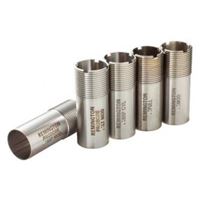 When Logan and I took the trap shooting class, they suggested that I go two steps tighter on my choke tube. The choke of your shotgun determines how the shot flies out of the barrel. As the shot gets farther from the gun, the area it covers expands. That’s good but if you expand too much then your target might fly right through the middle of your pattern. You can screw different choke tubes into the end of your gun to constrict or free up that pattern. To test the pattern, you can shoot at a piece of paper placed at a specific distance and see what the pattern looks like.
When Logan and I took the trap shooting class, they suggested that I go two steps tighter on my choke tube. The choke of your shotgun determines how the shot flies out of the barrel. As the shot gets farther from the gun, the area it covers expands. That’s good but if you expand too much then your target might fly right through the middle of your pattern. You can screw different choke tubes into the end of your gun to constrict or free up that pattern. To test the pattern, you can shoot at a piece of paper placed at a specific distance and see what the pattern looks like.
My Remington 870 came with a modified choke which is about in the middle of what you can do with choke tubes. I ordered a full choke. It probably only takes about 4-6” off my pattern size, but it should get rid of some of the holes in the pattern. There have been a few times when I knew I shot perfectly but the bird never broke. Hopefully that won’t happen anymore.
My first attempt at the range went pretty well. In the second round I tied my high score. Hits give a much more satisfying explosion because more shot is hitting the target.
I’m reading a book about trap shooting. The author says it’s easy to get too wrapped up in choke tubes. He says you should pattern your gun, pick a choke tube, and stick with it. “Choke tubes change inches while misses happen in feet.”

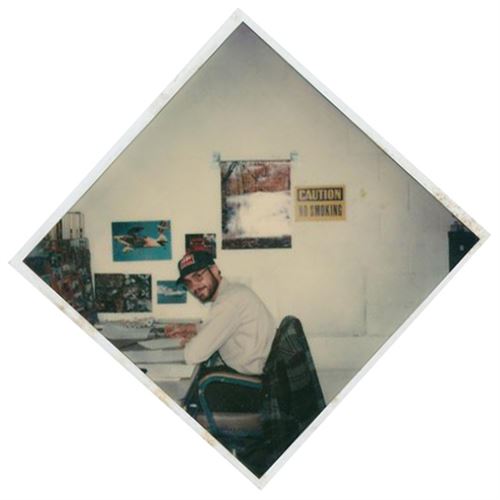

 A lot has changed since the last article about the
A lot has changed since the last article about the 
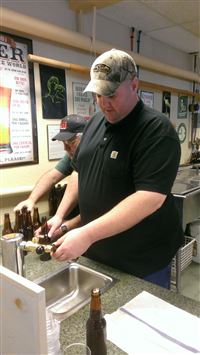 A couple weeks ago, Don, Logan and I made two full batches of beer at
A couple weeks ago, Don, Logan and I made two full batches of beer at 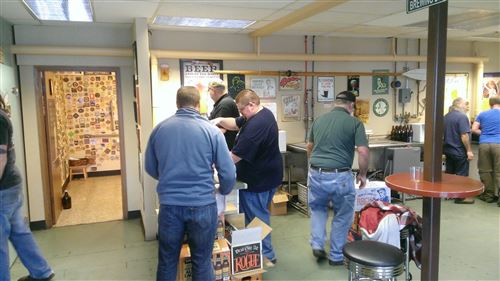
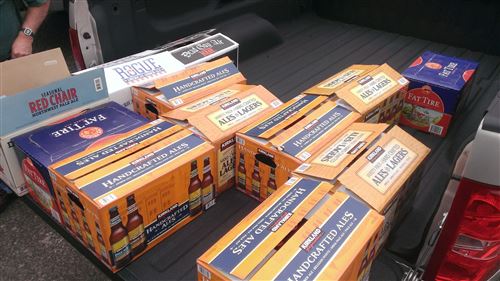
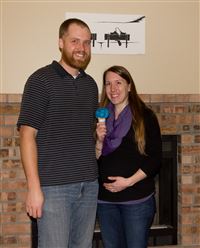 Happy Valentine’s Day to the love of my life and the mother of our unborn son!
Happy Valentine’s Day to the love of my life and the mother of our unborn son!
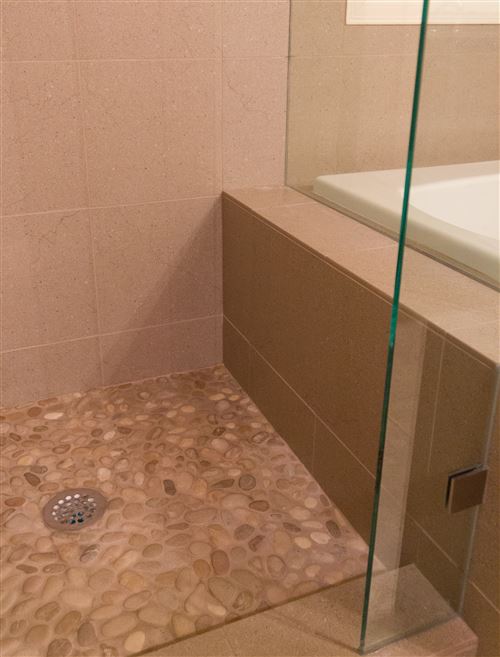

 Early in our relationship, Tyla and I set up a joint calendar. There’s so much going on that without it, we’d be constantly confused about our upcoming schedule. It’s so useful that it seemed worth sharing. There are many calendar apps you could use, but we use
Early in our relationship, Tyla and I set up a joint calendar. There’s so much going on that without it, we’d be constantly confused about our upcoming schedule. It’s so useful that it seemed worth sharing. There are many calendar apps you could use, but we use  Late one night a few years ago, I discovered a Martens Brewery in Belgium. For a 255 year old brewery, they have an embarrassingly
Late one night a few years ago, I discovered a Martens Brewery in Belgium. For a 255 year old brewery, they have an embarrassingly
Post Office Cutbacks
What is the biggest asset of the USPS? They employ a workforce that touches almost every household in the country 6 out of every 7 days. How many dotcoms have we watched fail because their service couldn’t handle the costs of a workforce like that? Maybe they really have to cut Saturday delivery to save money, but what else could they be doing to make more money instead of just delivering mail?
Imagine if you could pay a USPS worker to knock on the door of your elderly relative every day and report back to you if nobody answers the door. Or what if you could pay a USPS worker to clean any packages or fliers off your doorstep when you’re on vacation?
It seems that the volume of mail is going to keep declining. Are they just going to keep cutting days of service? Or will they make use of their army of employees to broaden their horizons and change their business model?